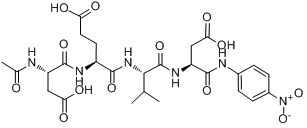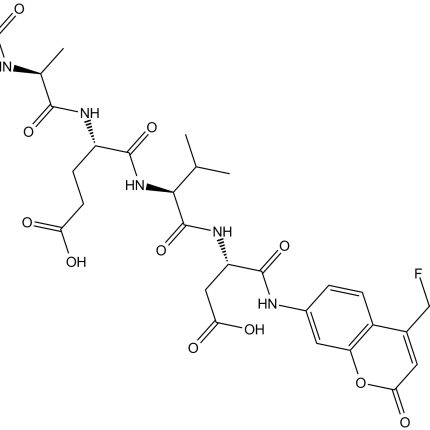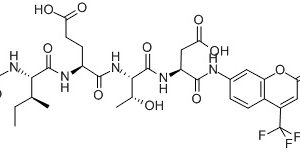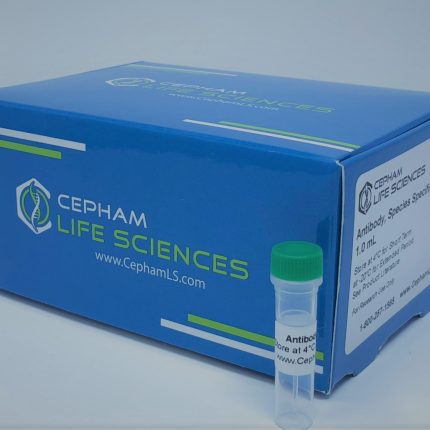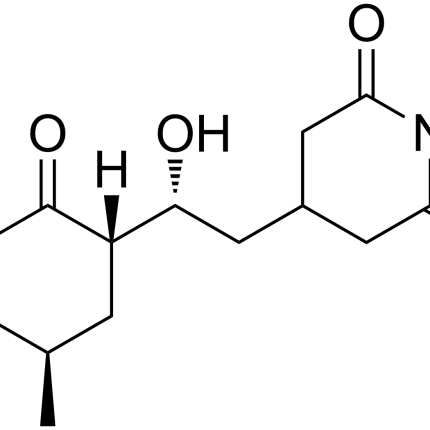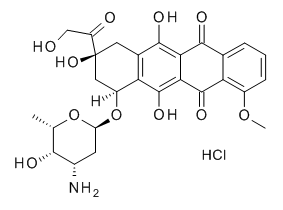Caspases are a family of proteases that initiate the process of apoptosis in mammalian cells. Both Caspase-3 and 7 are the members of cysteine aspartate proteases. Caspase-3, also referred as CPP32, is a member of the CED-3 subfamily of caspases and most studied caspases of the mammalian cells. Caspase-3 is one of the critical enzymes of apoptosis and also plays a central role in mediating nuclear apoptosis, including chromatin condensation and DNA fragmentation (Porter, A.G. and Janicke, R.U, 1999).
Our Caspase-3,7 Assay Kit, Colorimetric provides a simple and convenient method for assaying the activity of caspases 3 and 7, which is based on the hydrolysis of the labeled substrate Ac-DEVD-pNA (acetyl-Asp-Glu-Val- Asp p-nitroanilide) by Caspase-3 and 7, releasing the pNA (p-nitroaniline) moiety from the substrate. The released pNA has the max absorbance at 405 nm (εmM = 10.5) and its concentration is calculated by measuring the absorbance values at 405 nm or from a standard calibration curve prepared using the pNA Dye Standard, using a microplate reader or spectrophotometer.
The assay can be performed in 100 µl volume in a 96 well plate using an ELISA plate reader or in 1 ml volume and measured in a spectrophotometer, using quartz cuvettes, since plastic cuvettes attenuate the absorption at 405 nm. Comparison of the absorbance of the released pNA from an apoptotic sample with an uninduced control allows determination of the fold increase in Caspase-3 and 7 activities.



